The Opening Principles According to Dr. Tarrasch: Must Read
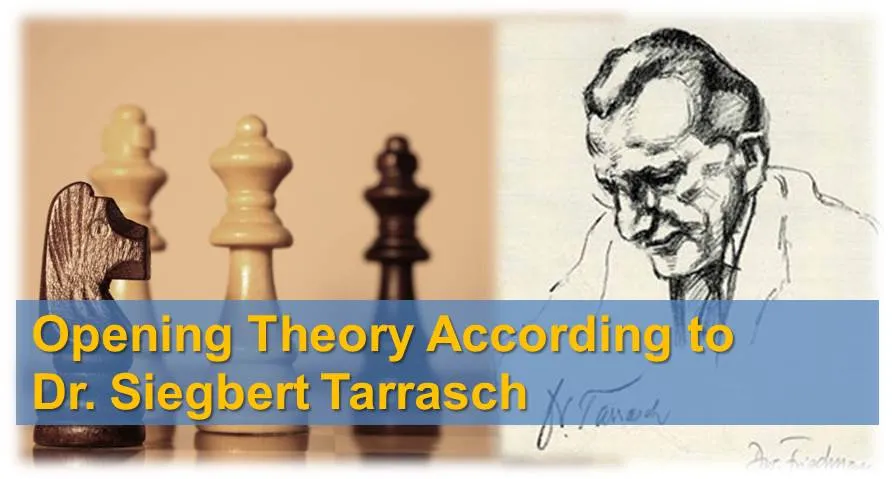
There are three most important factors in chess that every player needs to take into account. These are material, space, and time. Most chess players know what the material is: pieces and pawns. Each of the pieces has a relative pawn value that can be assigned to it. For example, a minor piece is equal to 3 pawns, while a pawn is equal to roughly 3 tempos. That means if you sacrifice a pawn without any material gain, you better get at least three tempos ahead.
Next, we will describe the importance of each of the chess pieces from the opening perspective according to Dr. Siegbert Tarrasch.
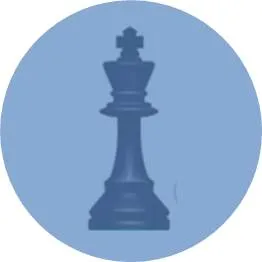
The King is the most important chess piece on the board. We all know that if it gets checkmated the game is over. In the opening stage of the game, after the central pawns d and e move forward, the king becomes somewhat vulnerable at the center of the board.
That is why castling early in the game to put the king to safety is typically a good idea and a plan of most openings. Losing the ability to castle is often equivalent to losing a pawn or 3 tempos.
In most games players prefer king-side castle. Queen-side castle is usually recommended when:
1. It is impossible to castle king’s side since the pawn structure is destroyed or other threats exist.
2. The rook becomes immediately active after occupying the file (open or semi-open).
3. You have a clear plan how to attack your opponent’s position on the king’s side via rolling your pawn (assuming he is castled short).
In the middle-game, with many pieces on the board, the king is typically a target and needs protection. However, in the endgame things change and the king starts playing an important role as an attacking piece that is capable of supporting its own pawns and pieces as well as attacking the opponent’s. At the final stage of the game, the king is worth more than a minor piece: about 3.5 pawns.
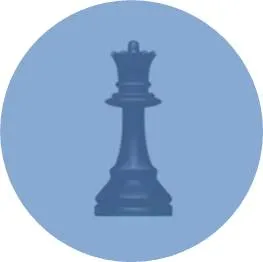
The Queen is by far the most powerful chess piece on the board. That makes the queen vulnerable to threats, since losing a queen often equivalent to losing a game. In the opening, the queen should not be developed too early.
Many novice players make this mistake because they think that by introducing the queen into the game early on, they obtain a serious advantage. However, by attacking the queen with pawns and minor pieces, their opponents can win many important tempos and develop much faster.
General tips:
1. If you want to develop the queen early in the game you need to keep her majesty safe and not vulnerable to attacks (usually that means on your side of the board).
2. Don’t spend more than one move in the opening developing the queen; there are other more important things to focus on (minor pieces, pawns, center, castling, etc.)
3. Avoid placing your queen opposite to your opponent’s rook, even if the file is blocked by pieces or pawns. You will save yourself from a lot of trouble.
4. The queen’s job to participate in an attack on the opponent’s king and to deliver a final blow: the checkmate.
Note: In our training program we focus a lot on the attacking chess by going over many examples of how the king’s pawn structure can be destroyed and how the king can be extracted from the center involving typical maneuvers and sacrifices.
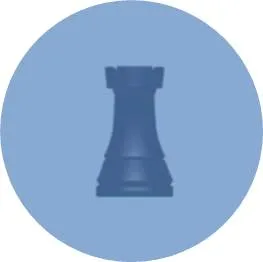
The Rook is the most effective when occupying an open file. Remember that rule and always place your rook on an open file. Another great location for the rook is 7nd (2nd) rank where it can be used to pick opponent’s pawns and threaten the king.
Even though the rook usually plays a defensive role in the middle-game there is a possibility of placing it on h3 or g3 (h6 or g6 from black) and threaten the opponent’s king safety. It is a typical and powerful maneuver, called rook lift and you always need to expect it.
It is usually a good idea to line up both of your rooks occupying an open file. That is called doubling the rooks. Doubled rooks are worth more because they can work together and support each other.
Another advantage of quick castling, among from keeping your king safe, is connecting the rooks. This is also a great way to improve your position and coordination of the pieces.
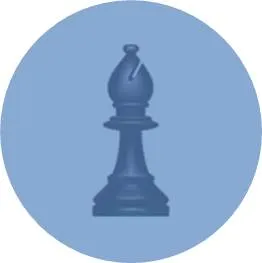
The Bishop is primarily an attacking piece. The most effective placement for the bishop is when it controls two diagonals, one of which is the long-diagonal. In many cases we want to point our bishop at the opponent’s castle.
The king’s bishop is typically the more important of the two; therefore you should always think twice before exchanging it off. A bishop pair is considered to be a valuable asset at chess. Keeping it is often a good idea.
In closed and semi-closed positions bishops lose their powers due to diagonals being closed, making them not as effective as on the open field.
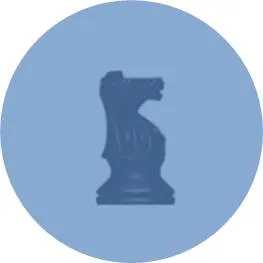
The Knight is a great defensive piece and a good attacker. In the opening, the knight is typically placed on the 3rd (6th) rank where it defends the castled king. The center is the best location for a knight, since it controls the most important squares on the board and can be used for a subtle attack on the king.
A knight is also the best blockading piece, and should be your first choice when it comes to an isolated pawn positions.
Note: the isolated pawn positions are one of the most important middle game themes in chess. They appear from many different openings and it is important to know how to play in this positions (sometimes fairly sharp) for both sides. In our training program we also focus on typical isolated pawn structures and going over GM games that involve it.
On the edge of the board, however, a knight doesn’t control that many squares, so this kind of placement should be avoided if possible. The knight usually does a better job than bishop protecting multiple squares at once. However, for a single square protection, bishop does a better job, making it a superior piece in most endgame positions.
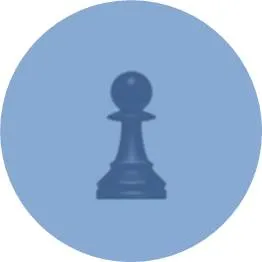
The Pawn is the strongest at the center, losing its value towards the side of the board. That said the e and d pawns are superior to a and h pawns. When you’re trying to decide what pawn to keep or to capture you should give the preference to the central pawns, since they are more valuable.
In the opening you should not make too many pawn moves, since every unnecessary pawn move weakens your position. Remember, pawns do not move backwards! Move only the pawns needed to occupy the center and to finish the development.
Don’t make a mistake of falling for unprotected pawns and disregarding developments. Many games were lost that way. You will have an extra pawn, but what’s good of it if you get checkmated before you can use it?
Opening is a stage of the game where you should develop pieces and put the king to safety, not to hunt your opponent’s pawns down.

Some notes:
There is a lot of confusion when it comes to what’s stronger the Queen or Two Rooks or 3 Minor Pieces. Many players easily give up both rooks or 3 minor pieces for the queen. In fact, either the two rooks or the 3 minor pieces are typically stronger than the queen.
The only situation when the queen is stronger than the 2 rooks or 3 minor pieces is when the king is exposed and can be checked with a queen, attacking and capturing other pieces and pawns.
Always think twice before giving up 2 rooks or 3 minor pieces for the queen, it’s often a bad idea.
Tarrasch wrote that in endgame difference between the rook and a minor piece is about 1.5 pawns, and not 2 as most players think. The difference between 2 minor pieces and a rook is also 1.5 pawns.
The bishop is generally stronger than the knight: 3.5 pawns vs. 3 pawns, especially if bishop pair is present on the board.
Central pawns are not always stronger that the flank ones. It is only true in the opening and the middle-game. In the endgame however, an isolated a-passer is superior to the central pawns.
Note: in our training program we approach the most important endgames that every tournament player should know by understanding the concepts and not memorizing the theory.
Credits: The Game of Chess by Dr. Siegbert Tarrasch.



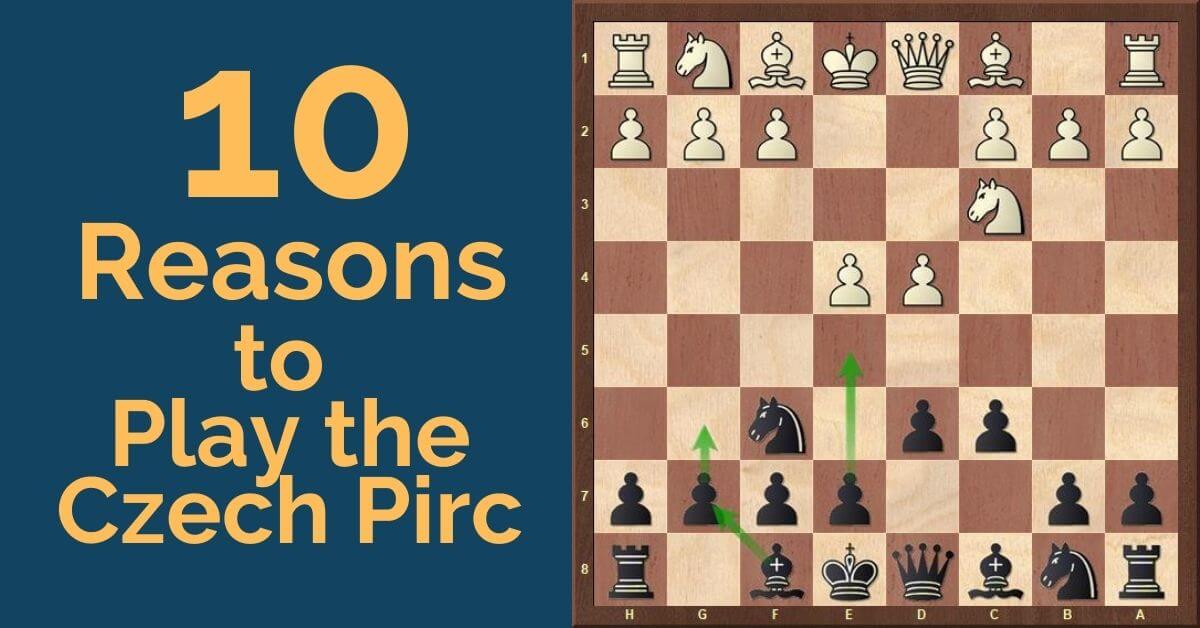
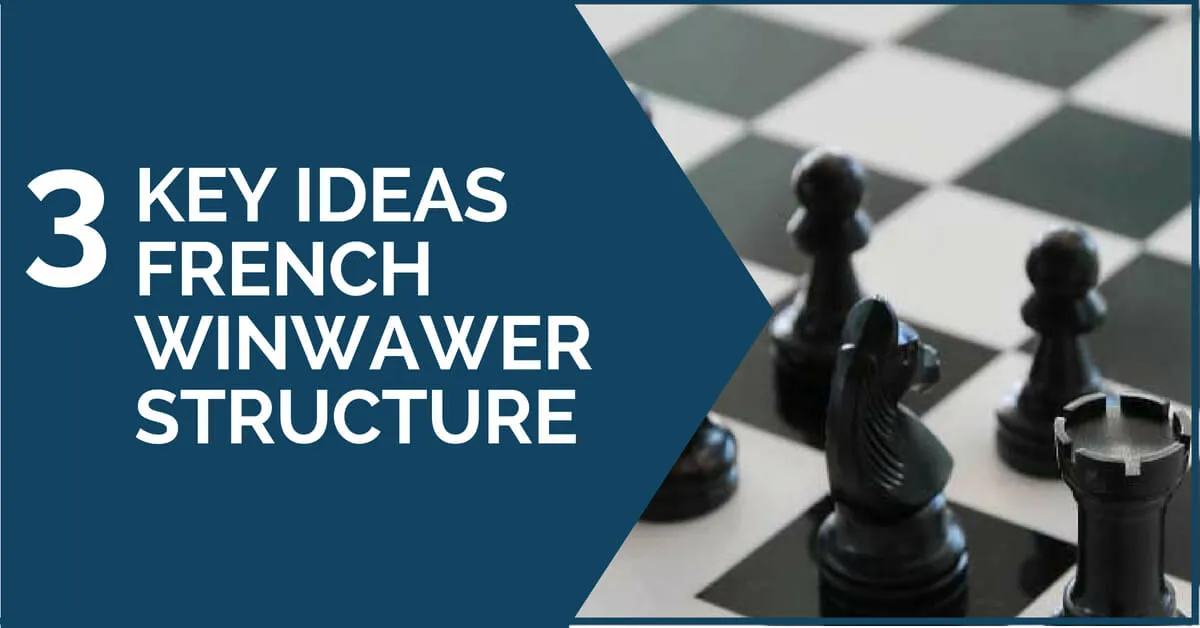
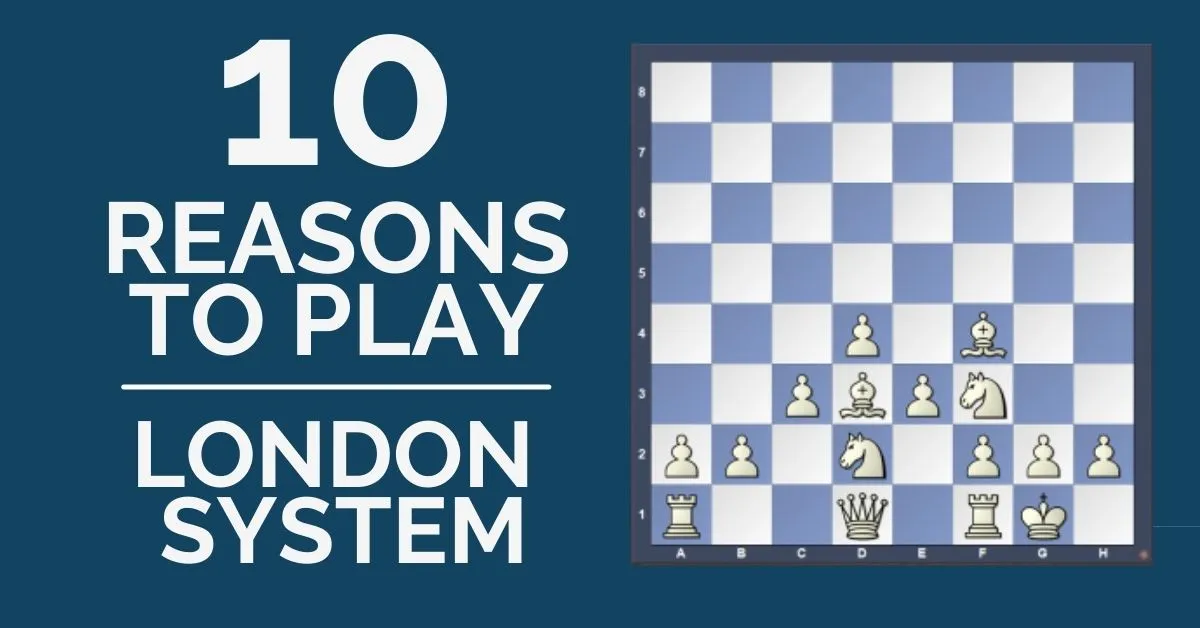




Comments: